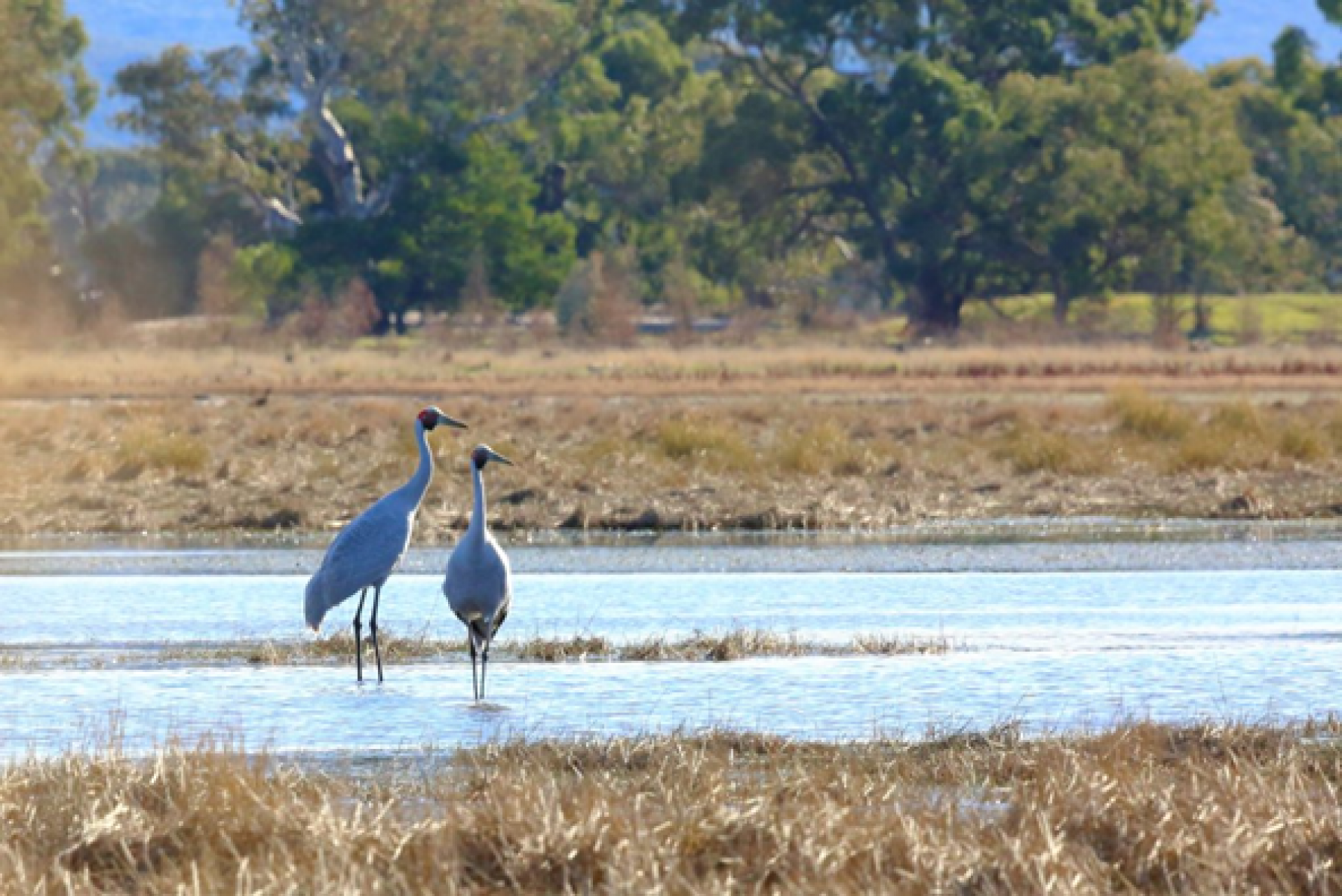On this page:
Data has shown that Victoria’s climate has been following a drying and warming trend for several decades. Research now tells us that human-induced climate change is the main cause of this trend.
Climate change impacts significantly on waterways. These effects can be put into 2 broad groups.
- Direct impacts such as changes to streamflow from rainfall changes and higher temperatures.
- Indirect impacts (which result from direct impacts) such as more water being captured in farm dams, an increase in water being needed by towns and agriculture, fire, blackwater and an increase in invasive species ranges. Indirect impacts include both physical effects and human responses.
Indirect and direct impacts of climate change
Indirect impacts are complex and hard to predict but it is expected to put more pressure on many Victorian waterways under a changing climate.
Direct impacts on waterways are more easily understood.
Projections of what the climate will be like in the future are based on the results from many global and regional climate models. Most climate models predict that Victoria will continue to become hotter and drier.
Additionally, since the millennium drought, many Victorian catchments have experienced a permanent decline in the amount of water that runs into streams from rainfall.

How we are responding to challenges of climate change
In a drying climate, water for the environment will be even more important for maintaining ecosystems.
We have evidence that better environmental outcomes come from implementing complementary measures to improve habitat (such as fencing and pest control) and environmental infrastructure to deliver environmental water to high value sites on the floodplain (such as pumps and regulators).
With the worsening climate, there will need to be further investment in these management actions and further work to identify and improve resilience of waterway habitats and protect drought refuges.
The environmental water team are working to achieve environmental outcomes by:
- seeking and improving information on how much water will be available in the future and where it will be needed
- recovering more water for the environment to meet the targets
- supporting best practice planning and management of environmental water
- investing in complementary measures to improve habitat (such as fencing and pest control) and infrastructure to deliver environmental water to high-value sites on the floodplain (such as pumps and regulators)
- using adaptive management with monitoring and evaluation of outcomes.
What environmental water managers are doing in response to climate change
Environmental water managers have several tools to manage varying volumes of water availability that include carryover, trade and environmental infrastructure (for example regulators and pumps). These tools help to deliver water when and where it is needed to important sites, improves water efficiency, which is becoming more important in responding to climate change impacts, and reduces the risks of low environmental water availability. These tools improve environmental outcomes by getting the greatest benefits from the amount of water available for the environment in any given season.
Information on water availability from the Long-Term Water Resource Assessment and FLOWS studies, will help us make decisions about future environmental water recovery through sustainable water strategies. The Long-Term Water Resource Assessment for southern Victoria found that water availability has declined in our rivers by up to 21% in recent decades because of a drying climate.
Environmental water entitlements that can deliver water for the environment are currently only available in regulated water systems. We may be able to use stormwater, recycled water and the water grid to achieve environmental water outcomes in other priority waterways in the future. We are exploring this through integrated water management.

How environmental infrastructure is helping in a drying climate
Environmental infrastructure and other complementary measures are vital to make the best use of existing environmental water entitlements in a drying climate. Environmental infrastructure helps deliver water to sites that no longer receive water from natural foods such as pumps, regulators and pipes. It can connect the river to its floodplain and target sites such as wetlands, which cannot be watered due to the risk of flooding private land.
Water for the environment must be managed together with other complementary measures such as:
- protecting drought refuges within waterways
- improving habitat connectivity for fish
- improving landholder management practices
- more robust integrated catchment management.
This will help achieve real improvements in waterway health, especially in a predicted drier and warmer future climate.
The Guidelines for assessing the impact of climate change on water availability in Victoria and the findings of the Victorian Climate Initiative present the results of modelling and show what we can expect stream flows and rainfall runoff to look like in the future. Although there is some difference in projections, most models suggest that Victoria will become significantly drier.
Page last updated: 16/09/23
